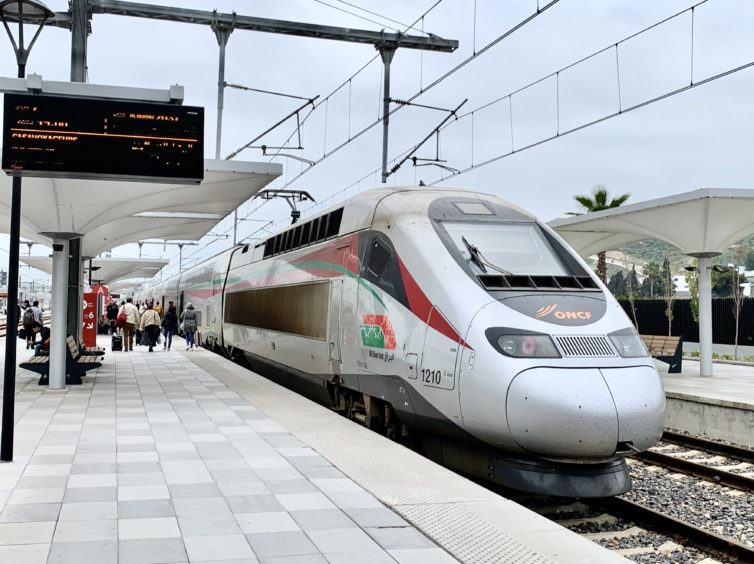
Crazy times require crazy measures. There’s only so many stories about airplanes we can write at a time when none of us are actually flying. So how about something completely different?
In last year’s April Fools’ Day post titled “Reporter Empire,” our fearless leader David Parker Brown floated the idea of side projects like TrainReporter, ShipReporter, and CatReporter. Sadly I don’t have a cat. And going on a cruise ship seems like a really bad idea right now. But I did get to ride a pretty cool train a few months ago: Morocco’s new Al Boraq high-speed line — the first-ever bullet train on the African continent.
We never left the ground, but writing this story I was surprised how much my train trip report had in common with our usual flight stories. So choo choo, AvGeeks and TrainGeeks alike! Read on for some thoughts, photos, and videos from my 186-mile-per-hour run on the Al Boraq bullet train.
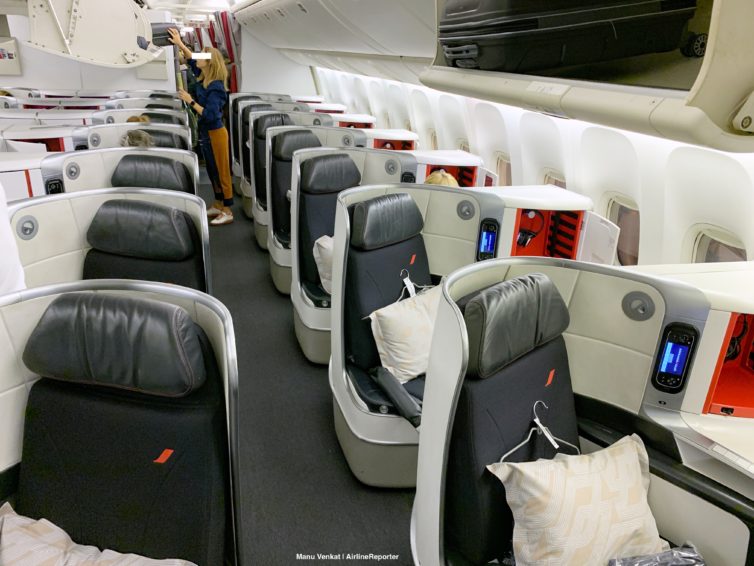
What’s a French spin on long-haul flying look like? Until a few months ago I had no idea. I’d never flown Air France, their recently-retired millennial spinoff airline Joon, or a French leisure carrier like French Bee or Corsair. For my first flight on a French carrier I opted for the classic, and scored a nice deal with miles on Air France in business class from Sao Paulo to Paris. It would be on a Boeing 777-200ER, a plane well equipped to handle a long-haul flight like mine. The triple-seven isn’t the largest plane in Air France’s fleet (the A380 is) and newer dual-engine long-haul planes like the 787 and A350 get more love and attention nowadays. But Air France has a long proud history with the 777 — they were the launch customer for the 777-300ER — and the 777 is the backbone of the airline’s long-haul fleet.
In terms of the onboard experience, Air France embraces the stereotype of French style and service. So as I geared up for my flight, I was looking to see if cabin design, dining, and service would do the airline’s home country justice. Did they? Read on to find out!
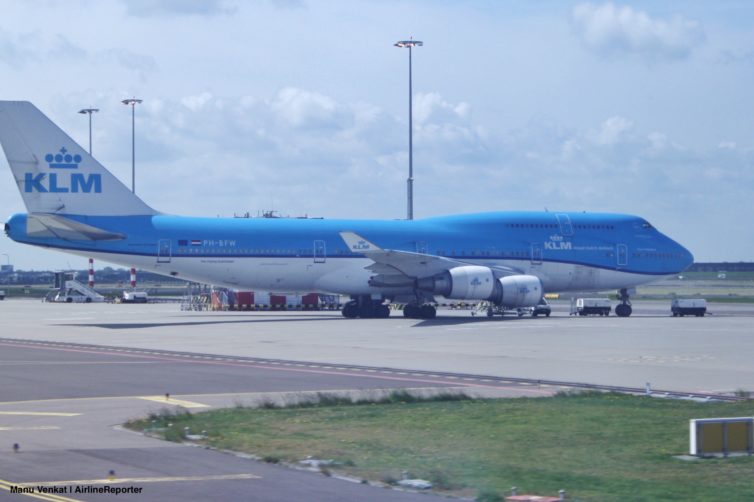
Saying goodbye to any 747 is hard, but one that is unique, is harder.
Thanks to COVID, the majority of airlines have grounded their four-engine widebody planes. Most A380s, A340s, and 747-8s will see the skies again. But a return to flight isn’t as certain for many 747-400s, which were already long in the tooth.
The Dutch airline KLM was already working towards a 2021 retirement for its 747-400s, but thanks to COVID the fleet was retired a few weeks ago. And the AvGeek nostalgists that we are, we felt it was a departure worth commemorating. Especially because KLM operated the oddball passenger/freighter hybrid called the Combi, which included a cargo bay in the rear part of the main deck.
Read on for a quick farewell to the KLM Combi and the rest of its proud 747 fleet.
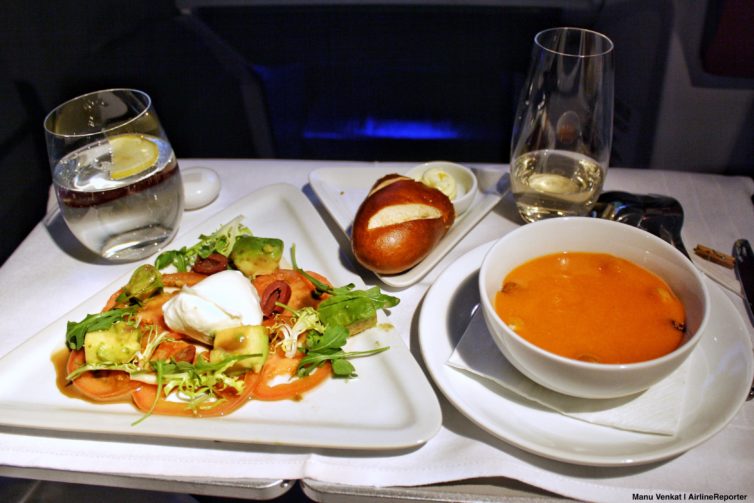
Even at ground level cooking a fancy meal can be tricky. That’s why I’m so amazed by the delicious meals I’ve had while speeding at 600 miles per hour miles in the sky in a narrow metal tube. The fact that airlines can make restaurant-quality meals happen under those constraints — at least in premium cabins — is pretty awesome.
Probably the best food I’ve had in the skies was aboard Turkish Airlines, which relies on an Austria-based company named DO&CO to deliver its “gourmet entertainment” in the skies. So of course Austrian Airlines, which also uses DO&CO for premium cabin catering, has been high on my list ever since. I finally got the chance to fly ’em and try ’em. What did I think? Read on to find out!
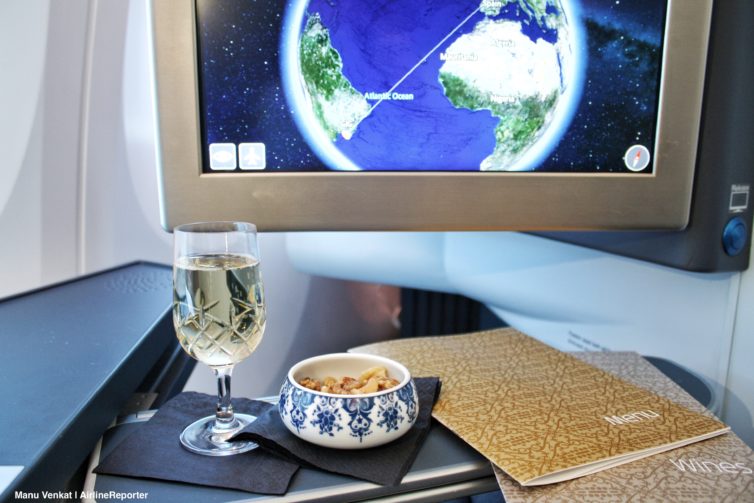
A while back I got to fly in KLM’s World Business Class on one of their new Boeing 787-9 Dreamliners. That flight was from San Francisco to KLM’s HQ hub in Amsterdam, and from there I connected onwards on another Dreamliner to Brazil. I took some photos and videos from that second flight and wanted to let them speak for themselves.
But actually.
Once you start the story below, no more words from me. If you want the lowdown on the seat and service, head to that trip report from my SFO–>AMS flight. Otherwise read on for the photo and video highlights from my long-haul flight in KLM’s flagship premium product. And don’t forget: if you’re an audiovisual sort of person, subscribe to our YouTube channel.




